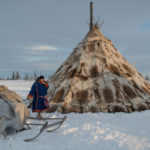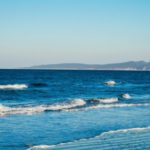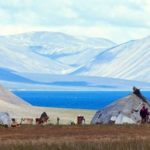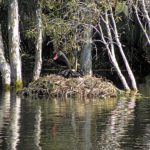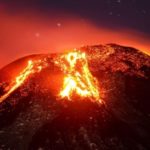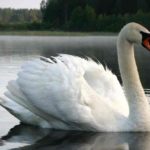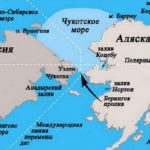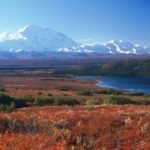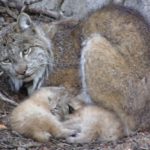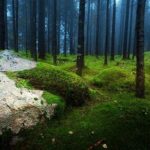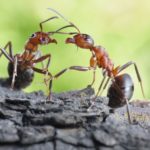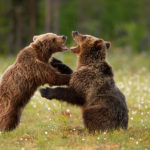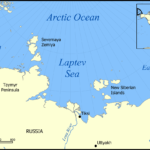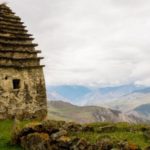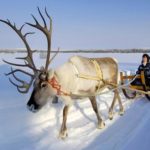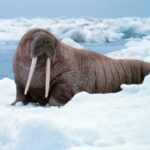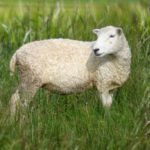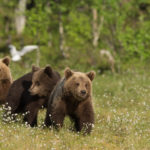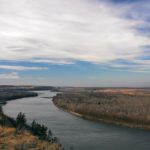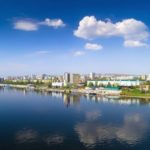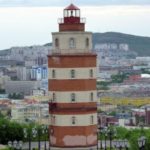Interesting facts about Kamchatka
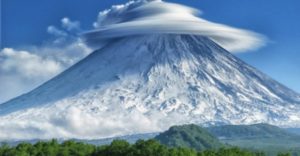 Kamchatka is the edge of a harsh northern nature, so far removed from most large Russian cities that few Russians can boast of having been here. Winter here is long and cruel, and summers are short and insanely beautiful. These lands are inhabited by various peoples, in particular, the once militant Chukchi. Geysers, volcanic hills, endless taiga and tundra – this is the whole of Kamchatka.
Kamchatka is the edge of a harsh northern nature, so far removed from most large Russian cities that few Russians can boast of having been here. Winter here is long and cruel, and summers are short and insanely beautiful. These lands are inhabited by various peoples, in particular, the once militant Chukchi. Geysers, volcanic hills, endless taiga and tundra – this is the whole of Kamchatka.
On the peninsula of Kamchatka there are twenty-nine active volcanoes, and more than three hundred sleeping ones.
Before the invention of aircraft, the path to Kamchatka from central Russia could be taken away from travelers for up to a year.
The territory of Kamchatka could well accommodate France and Belgium.
During the USSR, Kamchatka was a closed area of the country, where foreigners were not allowed. Even the Russians needed a special permit to visit these regions. After the collapse of the USSR, Kamchatka was discovered for all.
In the Kamchatka forests there are enough bears, however, mostly small ones weighing up to 150-200 kg. Although who will say that this is not enough?
Russians are easier and cheaper to go on a tourist trip somewhere to Norway or Iceland than to Kamchatka. The reason for this is simple – the inaccessibility of this region of Russia.
Despite the fact that it is really cold in Kamchatka, 220 different species of birds live here.
One of the most outstanding sights of Kamchatka is the Valley of Geysers.
The waters of the Chloride Lake located on Kamchatka are extremely poisonous – you can not swim in it.
During the Soviet times on Kamchatka experienced moons.
One of the quirky features of the local nature is the mud boilers, in which liquid clay boils and bubbles.
In Kamchatka there is only one species of frogs, and he was accidentally brought here some time ago.
The origin of the name “Kamchatka” is still for sure no one knows – there are about twenty different versions.
Almost all Kamchatka rivers originate on glaciers or in the mountains, so the water in them is not only cold, but also so pure that it can be safely drunk.
In the Kamchatka Krai grows about a thousand and a quarter of different plant species.
